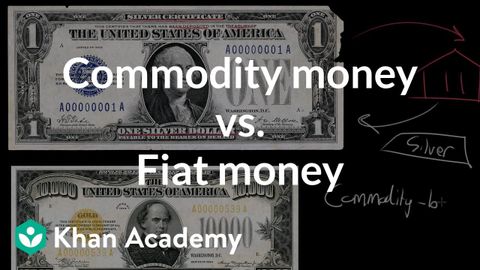
Subtitles & vocabulary
Commodity money vs. Fiat money
00
Chia-Yin Huang posted on 2016/11/04Save
Video vocabulary
money
US /ˈmʌni/
・
UK /'mʌnɪ/
- Noun (Countable/Uncountable)
- Coins or notes we use to pay for things
A1TOEIC
More back
US /bæk/
・
UK /bæk/
- Adjective
- Farthest from the front e.g. in a classroom
- Transitive Verb
- To bet money on something
- To support and encourage someone or some cause
A1TOEIC
More dollar
US /ˈdɑ:lə(r)/
・
UK /ˈdɒlə(r)/
- Countable Noun
- A basic unit of money equal to 100 cent
- A dollar is a small amount of money
- Uncountable Noun
- Informal term for money or wealth.
A1
More kind
US /kaɪnd/
・
UK /kaɪnd/
- Adjective
- In a caring and helpful manner
- Countable Noun
- One type of thing
A1TOEIC
More Use Energy
Unlock All Vocabulary
Unlock pronunciation, explanations, and filters
